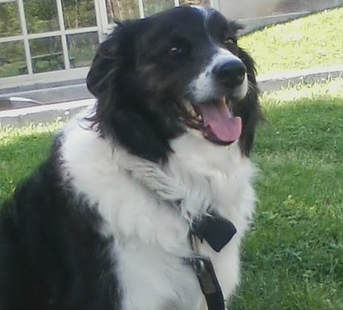 "Wait time" is a mutual, patient, loving, communicative experience. “Wait” can be one of the most vital components of a dog’s (and human's) vocabulary. Dogs who unflinchingly respond to “wait” are empathetically, reciprocally and sometimes urgently communicating with their human companion. “Wait time” ensures that every outing with our dogs will be safer and smoother. In addition, periodic “wait” moments provide dogs and their humans the time and space to pay closer attention to one another, enhancing our bonds and understanding. 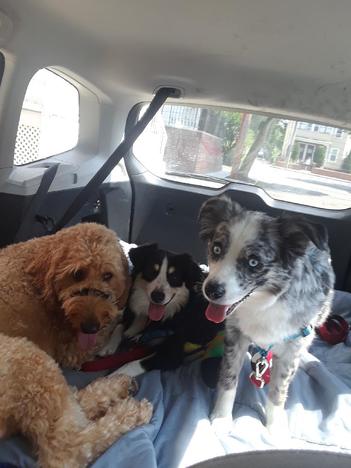 "Wait" is one of the easiest cues to teach. Simply begin by asking your dog to “wait” often, before exiting or entering any location (car, house, park), before throwing a ball, beginning a tug of war match, offering a toy, providing a meal, or continuing to walk. Frequent use of the "wait" cue, applied in conjunction with “let’s go” during walks, off leash excursions, and dog park outings, attunes your dog to you even in chaotic surroundings. Dogs quickly begin to know both through these experiences, and intuitively, that our mutual "waiting" creates calm, safe, positive energy. Here are a few reasons for the unique power of “wait.”: 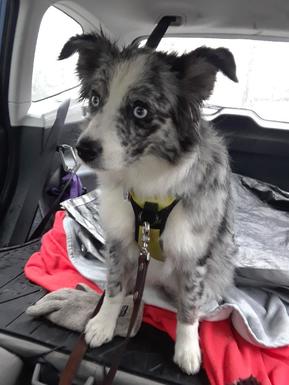 Wait is necessary At street corners and traffic lights, while driving, during off leash adventures, when exiting or entering any location, wait is a vital component of safety and well-being. Wait is effective Whether your goal is impulse control, loose leash walking, recall or teaching/practicing tricks, frequent use of the wait cue effectively calms your dog, elicits their attention, and maintains their focus on you when necessary. 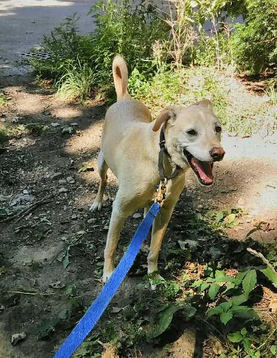 Wait is a reciprocal experience: “Wait” is unique to other cues as it is a reciprocal experience. It is equally important for humans to “wait” for dogs as it is for dogs to wait for us. When we provide ongoing "wait" time during outings, to sniff or choose a route during walks or finish a great wrestling match or game of chase at the park, dogs pick up on and appreciate our patience. 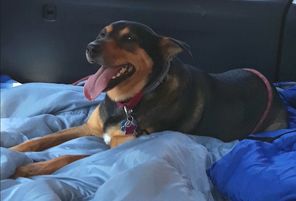 When we quietly observe dogs' behavior (rather than immediately labeling it a problem and redirecting them) we can determine what they may be communicating or need. Dogs are more likely to listen to and wait for us when they know we will steadfastly wait for and listen to them, deepening our bonds and understanding 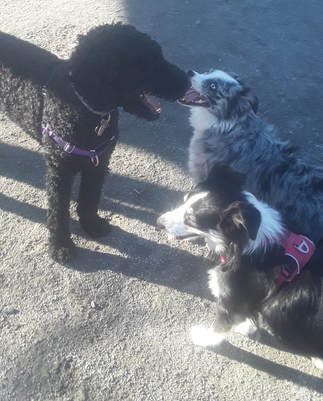 Wait is patient, loving and kind Dogs are caring, intelligent, empathetic creatures. They can quickly begin to realize that you ask them to wait for their well-being and yours. Dogs may for example see the chaos they create when rushing out of a car or across a street. By making direct eye contact with your dog while asking them to “wait” your communication and mutual understanding become even deeper. Dogs begin to “wait” not merely because they understand the cue, but because they are both attuned to and drawn to the reciprocal love and kindness in the mutual “wait” experience. Photo 1: Millie, Photo 2: Bodie, Rose and Betty, Photo 3: Betty, Photo 4: Harvey, Photo 5: Roscoe, Photo 6: Willow, Rose, and Betty
By Robyn Comments are closed.
|
Above pic: Rose, Betty, and Willow March 2019, Off Leash Adventure Group Founders
Archives
August 2022
Click here tio edit. |
Copyright © 2016-2022 J and R's Pup Squad
 RSS Feed
RSS Feed